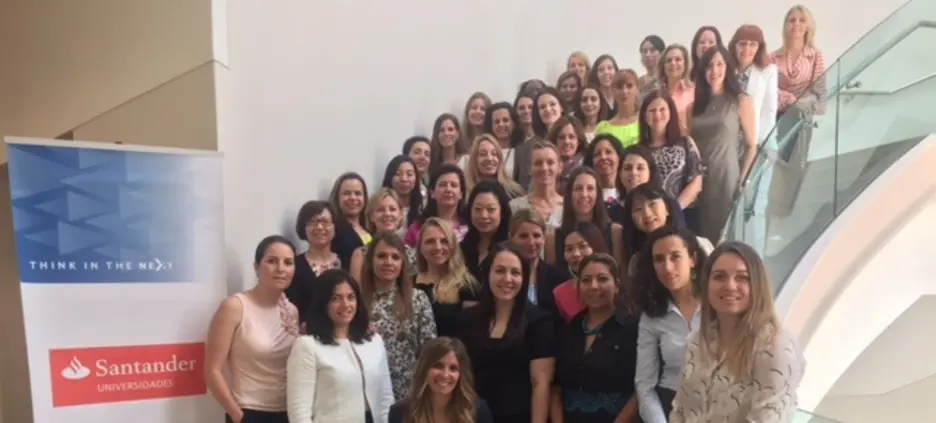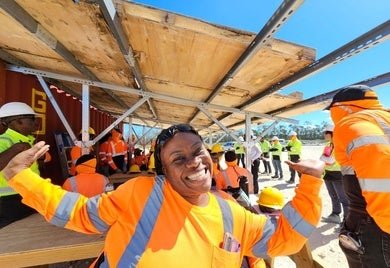Four ways to get more women on corporate boards in Latin America

 The W50 program provides training to female professionals to increase the number of women on corporate boards. According to the CWDI, women only hold 6.4% of board seats at Latin America’s 100 largest companies. Almost half of those firms do not have any women at all in their boards. The region lags strongly behind Europe (20.0%), the US (19.2%) and Asia-pacific (9.4%).
The W50 program provides training to female professionals to increase the number of women on corporate boards. According to the CWDI, women only hold 6.4% of board seats at Latin America’s 100 largest companies. Almost half of those firms do not have any women at all in their boards. The region lags strongly behind Europe (20.0%), the US (19.2%) and Asia-pacific (9.4%).
To improve all those numbers, I distilled four lessons from my experience:
- Know your numbers: Business acumen and financial skills are paramount. We learn that those women with a high profit and loss responsibility are comparatively more often promoted to leadership positions within their firms and thus become interesting to corporate boards. Understanding the finances once you are on a board is then not only important to ask the right questions, but also to comply with your fiduciary responsibility as a board member.
- Network: Most board members have several board seats, meaning that successful firms often recruit their board members from among each other. Thus, getting your first gig on a corporate board is the big challenge to master. Still, only few firms use professional recruiting agencies to find suitable candidates. As a consequence, access to networks is essential, as is external exposure and name recognition within the industry. It can be a good idea to link in with your industry associations and start learning by joining a non-profit-board to get your name out there.
- Take mindful risks: All throughout the week, speakers and lecturers encourage us to be bold. We are reminded that very few people make it into the C-Suite while playing it safe. Taking mindful risks and being accountable for your actions is important to be seen as a true leader.
- Know your strategy: And be able to articulate it, clearly and concisely. It is essential to develop your own brand and be conscious of your competitive advantages. Know your specific value to a potential corporate board and sell your brand accordingly.
As I fly home after an intensive week at UCLA’s W50 program, I feel that training women early in their careers is not only a technical advantage, but also a confidence booster. Supporting more women on their way to leadership and giving them exposure to firms and people outside of their immediate networks will "grow the pipeline" for board-ready women. It is important for the sustainable growth and competitiveness of Latin America to increase women’s presence in the C-Suite and on corporate boards.
Kelly Bean, Associate Dean at UCLA’s Anderson School of Management and one of our lecturers, brings it to the point. "We need first movers that bring down stereotypes which hinder women to enter the board room. We don't need tokenism. Real diversity needs to become an integral part of the corporate strategy."
LIKE WHAT YOU JUST READ?
Subscribe to our mailing list to stay informed on the latest IDB Invest news, blog posts, upcoming events, and to learn more about specific areas of interest.
Subscribe



